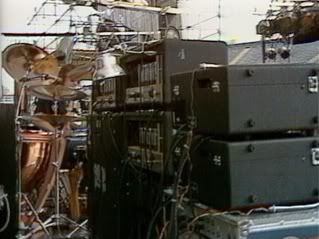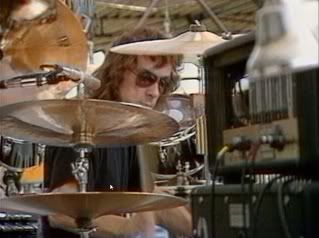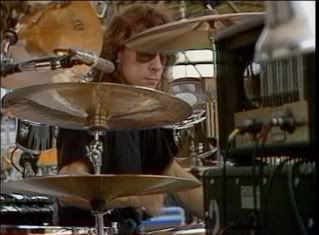Since I wrote that post, I've seen Alex's settings much more clearly now. I was close before, but now I've positively got it.Rocinante wrote: Thank you for the detailed post!! Some great information there. How were you able to see the settings??
DR103 Knob Settings from Left -> Right (o'clock positions)
2 - 7 - 12 - 3 - 12 - 3 - 3
These settings make sense, as they seem to intentionally give right about the maximum clean volume with lots of punch, which works well with his effects.
Effects
Guitar -> MXR Distortion + ->EH Electric Mistress -> Roland CE-1 -> MXR Micro Amp -> DR103 Normal Channel
Effect Settings
MXR Dist +
Distortion - 12 o'clock
Output - 12 o'clock
EH Electric Mistress
Rate - 50%
Range - 30%
Color - 60%
Roland CE-1
Input - High
Level - 10 o'clock
Chorus - 10 o'clock
MXR Micro Amp
Level - 12 o'clock
With these effects, this sequence, and these effect and amp settings, you will clearly hear Exit...Stage Left. One thing that becomes apparent now that I go back and listen to the audio is that Bill Lawrence pickup in the white Sportscaster has a big punch.
Definitely get the Hi-Tone with DR-Fs. I bought a DR-F loaded 4x12 to go with my '73 DR103, and I am sure glad I did.Rocinante wrote:I've read good things about the Reeves Vintage Purple and the Weber Thames, but am kind of leaning towards the Hi-tone. Something about the sound in the clips I've heard.



